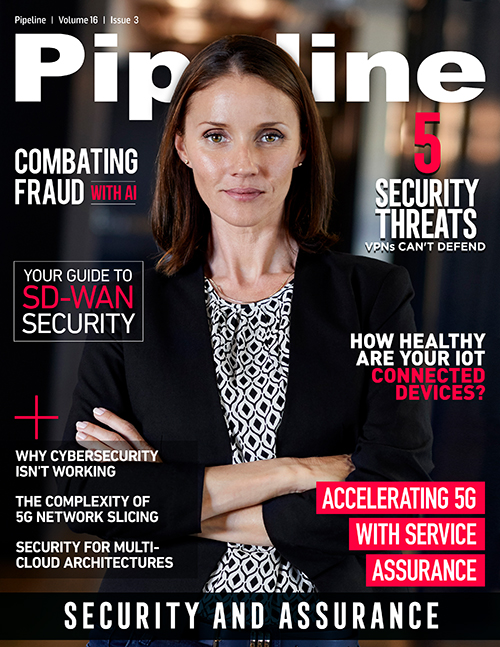AI’s Role in Combating Next-Generation Fraud
The beauty of the IoT’s connectedness is also its downfall. Once hackers have gained account takeover of one device, a smart home instantly becomes a plethora of devices and services to conduct subscription fraud at lightning speed. Machine learning capabilities can now be used to identify and stop new types of telecom fraud. While rules-based algorithms do a great job at spotting fraud we already know about, machine learning algorithms can quickly spot the ‘outliers’ or abnormal behavior that could signal new fraud and security schemes that we have never seen before. This is vitally important as we move into an era with new technologies, new devices and new services—and where risk can go beyond commercial terms, to even impacting the wellbeing of customers who are using new services like connected cars, e-health or home security.
As we enter the 5G era, it becomes more apparent that CSPs will require robust fraud management methodologies that utilize the power of machine learning and automation to turn data into powerful risk management insights and actions in order to predict, detect and safeguard against vulnerabilities.
AI and Analytics: Supercharging how CSPs Prevent Next-Gen Fraud
To date, traditional rules-based fraud systems have been the primary tool for telecom fraud departments—and they still play a critical role in preventing abuse. Rules-based algorithms are very good at spotting and stopping the types of fraud they are designed to stop. But that’s where the value ends. Machine learning takes fraud management to the next level. The technology relies on the same foundations behind ‘suggestion engines’ for companies like Spotify and Netflix. These services can predict what you might like to watch or listen to next, and they analyze your previous behavior to do so. The more data these systems ingest, the more accurate they become. With machine learning, the software gets better and ‘learns’ over time.
In fraud management, where the value of machine learning (ML) stands out is on the more complex fraud schemes, which are increasingly being designed to mimic human behaviors and fly under the radar of rule-based systems. IRSF, interconnect bypass and voice or wholesale fraud all share this characteristic and are prime use cases where ML can offer value by tracking anomalies more quickly.
Not only are advanced analytics, AI, machine learning and automation required to process and manage the sheer volume, velocity and variety of data that a 5G network will generate, these technologies will also improve the ability for CSPs to spot known fraud threats—as well as new, unknown ones. It is also important to reinforce the notion that fraudsters already have AI and automation in their arsenal of weapons, giving them the ability to organize their actions over a huge scale—and then essentially train a computer to keep repeating and optimizing the process as it searches for new opportunities to commit fraud. When one type of fraud—like subscription fraud—can lead to another more damaging kind of fraud—such as IRSF or something even more threatening—it becomes essential that operators have access to their own ML/AI tools as well.
While machine learning should be viewed as a critical part of a CSP’s toolkit for minimizing telecom fraud, it is not a panacea. Legacy driven siloes between OSS/BSS, security, and fraud management must be broken down so that the different guises of fraud can be detected earlier. Every day the level of sophistication and organization among fraudsters increases. By relying on the traditional model of risk management governance, where the key auditing functionalities have been relegated to isolated selections of tactical technologies, management features, and operational procedures along the value chain, CSPs will simply fail in the 5G era. Gone are the days when a simple set of rules built on top of OSS/BSS data would be enough for CSPs to detect fraud and stop revenue leakage. This approach must change immediately if CSPs want to minimize their threats.



















